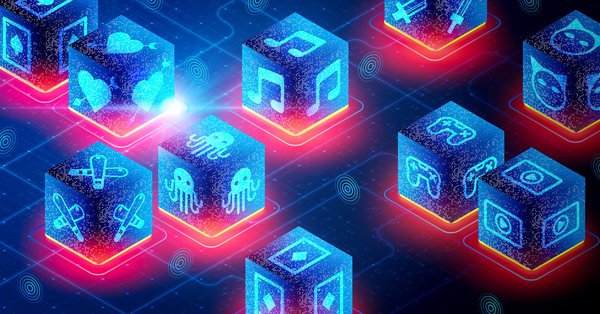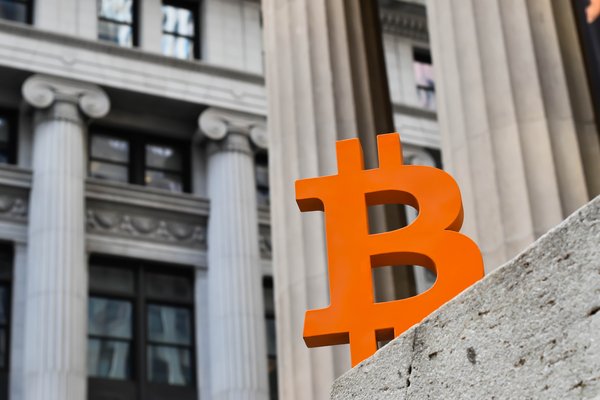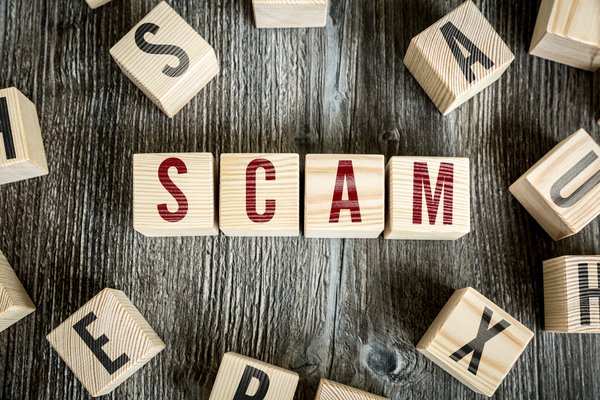TRON (CRYPTO:TRX) is an open-source blockchain platform that can run smart contracts and be used for building decentralized apps (dApps). It's similar in functionality to Ethereum (CRYPTO:ETH), and it even started out as a token built on Ethereum until switching to its own blockchain.
Since launching, TRON has built a large ecosystem of dApps and other projects. However, it's also controversial, with critics claiming it copied code and that the TRON CEO has made money through pump-and-dump cryptocurrency scams.
Keep reading for our full guide to TRON and the native cryptocurrency it offers, Tronix.

What makes TRON unique?
TRON has a broad range of goals that all come back to its central objective of decentralizing the web.
One of TRON's primary focuses from the beginning has been to change the entertainment industry. It wants to use blockchains for a content-sharing system and get rid of the middleman. Content creators would be able to directly connect with consumers and sell their products.
As a step toward building this network, the TRON Foundation bought peer-to-peer file sharing company BitTorrent in 2018. TRON has since launched BitTorrent Token (CRYPTO:BTT), which is designed to expand its protocol and incentivize its use.
The TRON team also wants it to be the most flexible blockchain platform that can run smart contracts. For that reason, the TRON Virtual Machine (TVM), where developers can build dApps on TRON, is compatible with the Ethereum Virtual Machine (EVM). There are plans to add compatibility with other virtual machines in the future.
TRON is also making inroads into the decentralized finance (DeFi) landscape with the JUST Network, a TRON offshoot that includes a package of smart contract-based financial projects.
Where TRON came from
Justin Sun, a Chinese tech entrepreneur, created TRON and the TRON Foundation, which manages the project. Starting in August and lasting through Sept. 1, 2017, the TRON Foundation raised $70 million with an initial coin offering (ICO). This was only days before China banned ICOs, and Sun left the country about a week later.
TRON launched its testnet in March 2018 and its mainnet two months later. In March 2018, TRON started out as an ERC-20 token on the Ethereum blockchain, but it transitioned to its own blockchain three months later.
How TRON works
TRON uses a three-layer architecture with a core layer, storage layer, and application layer. Here's how these three layers work:
- The core layer performs the main fundamental tasks for the blockchain. This includes validating transactions, managing accounts, and reading smart contracts. It uses the Solidity smart contract language, which was originally developed for Ethereum.
- The storage layer is built to handle complex data storage. It's segmented into blockchain storage and state storage.
- The application layer is used by developers to build dApps and customized wallets. There's a diverse range of applications that can be created since TRON supports smart contracts.
To validate transactions, TRON uses a delegated proof-of-stake consensus mechanism, a variation on the proof-of-stake model. Proof of stake is a popular, energy-efficient alternative to the original proof-of-work model introduced by Bitcoin (CRYPTO:BTC).
In TRON's delegated proof-of-stake system, TRX holders can stake their tokens, meaning they're pledging those tokens as collateral. This gives them the right to vote for “super representatives,” who will validate transactions. Votes are counted, and super representatives are chosen every six hours.
Super representatives receive blocks of transactions to validate. For each block, each super representative receives a block reward and a vote reward, both of which are shared with the super representative's voting "partners" according to their voting ratio.
TRON’s partnerships
TRON has quite a few major partnerships and acquisitions. Here are a few of the biggest names that TRON is working with:
- TRON has collaborated with Samsung (OTC:SSNLF) for blockchain projects. It has also integrated with Samsung Blockchain Keystore so built-in blockchain wallets on Samsung phones can receive TRX tokens.
- TRON purchased BitTorrent in 2018 for $140 million, according to TechCrunch. It then created the BTT token and the BitTorrent ecosystem on the TRON blockchain.
- TRON invested in cryptocurrency exchange Poloniex in 2019. Poloniex offers a trading fee discount when those fees are paid in TRX. It also acquired TRON's decentralized exchange, TRXMarket.
- Desktop and mobile web browser Opera added TRON support to its built-in crypto wallet in 2019.
Can I make passive income with TRON?
You can make passive income with TRON by staking it. When you stake cryptocurrency, you earn rewards on the amount you stake.
You can stake TRON yourself with a compatible crypto wallet such as TronLink or Ledger, or you can stake it through an exchange. Doing it through an exchange is easier, since the exchange does the work for you. Kraken is one of the more popular crypto exchanges that supports TRON staking. TRX can also be staked on the JUST network.
Unique risks
The biggest issue with TRON is its creator, who also served as its CEO for several years. Justin Sun is, to put it mildly, a controversial figure in the crypto community. In March 2022, The Verge published a lengthy investigative report on Sun based on leaked internal TRON documents and interviews with more than 30 sources, including former employees. The report claims that Sun:
- Pushed to complete TRON's ICO before China banned these offerings, which he learned about in advance from the founder of Binance.
- Employed a "market-making team" that would conduct insider trading of cryptocurrencies, including TRON. Sun would direct this team to buy TRX when TRON was planning to announce good news to the public.
- Instructed employees to "fake the KYC" (know your customer) requirements for the crypto exchange Poloniex because the process was slowing down user adoption.
- Had engineers search for Bitcoin that customers of Poloniex had lost by accidentally sending it to the wrong type of crypto wallet. Approximately 230 Bitcoin ended up being siphoned out of Poloniex.
Sun is no longer TRON’s CEO since he stepped down at the end of 2021 to become Grenada's ambassador to the World Trade Organization. Regardless, the allegations of illegal activity, especially of pumping and dumping cryptocurrencies, have damaged TRON's reputation.
TRON has also been criticized for copying other projects. In January 2018, the CEO of Protocol Labs tweeted that the TRON white paper copied portions of other protocols' white papers. In February 2018, a report claimed that copies of code from other projects were found in TRON's code base.
Is TRON a good investment?
Despite the controversies surrounding it, TRON ranks among the top cryptocurrencies by market cap. It certainly has potential, and there are reasons to consider it as a cryptocurrency investment.
TRON is one of the most widely used blockchains. It has more than 85 million accounts and has processed more than 3 billion transactions. In September 2021, TRON ranked second for total transactions on blockchains, behind only Ethereum.
TRON's focus on the entertainment sector gives it a unique niche among blockchain projects. Its acquisition of BitTorrent could also be key in its development here. And it's generally regarded as having a strong development team, which is always important.
The fact that you can earn passive income by staking TRON is also a plus. Just keep in mind that you'll be earning more TRX tokens, so this is only worthwhile if you like TRON as an investment.
All that being said, TRON is still a very high-risk investment, even compared to other cryptocurrencies. Its reputation isn't the best, and it has quite a few strong competitors. If you decide to buy, only make it a small part of your portfolio. Make sure you're also prepared for volatility since cryptocurrency prices can fluctuate quite a bit.
How to buy TRON
TRON isn't widely available in the United States, where most of the biggest exchanges don't offer it. There are, however, a few places where U.S. investors can buy TRON:
If you're interested in staking TRON, you may want to go with Kraken or eToro since they both have built-in staking available. FTX.US doesn't, although you could buy TRON on that exchange and then stake it yourself through a crypto wallet.
TRON is a project that appears to have operated right on the fringes of what's legal. For those thinking about investing, it's all a matter of whether the project's potential makes up for the risk involved.





























































































































